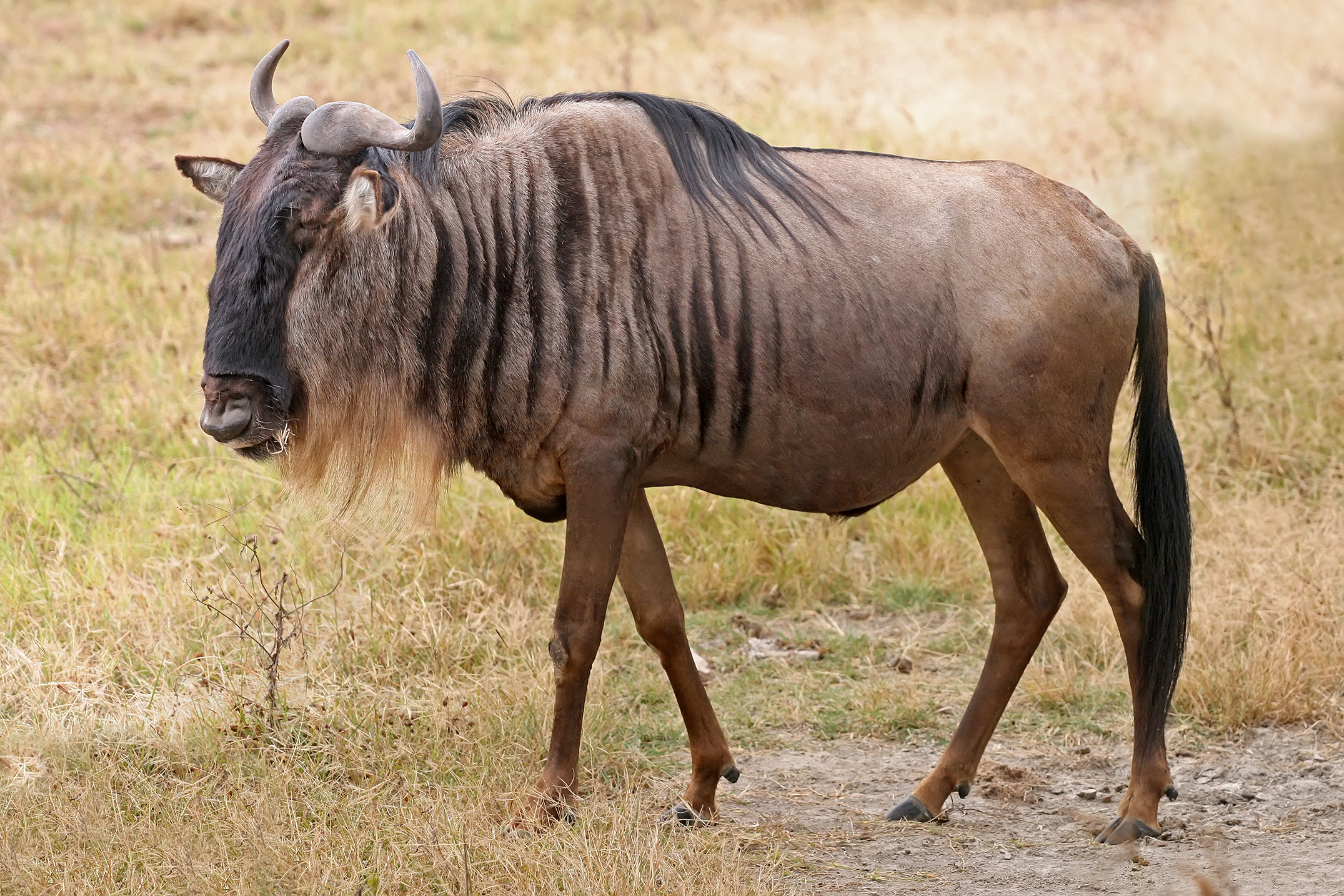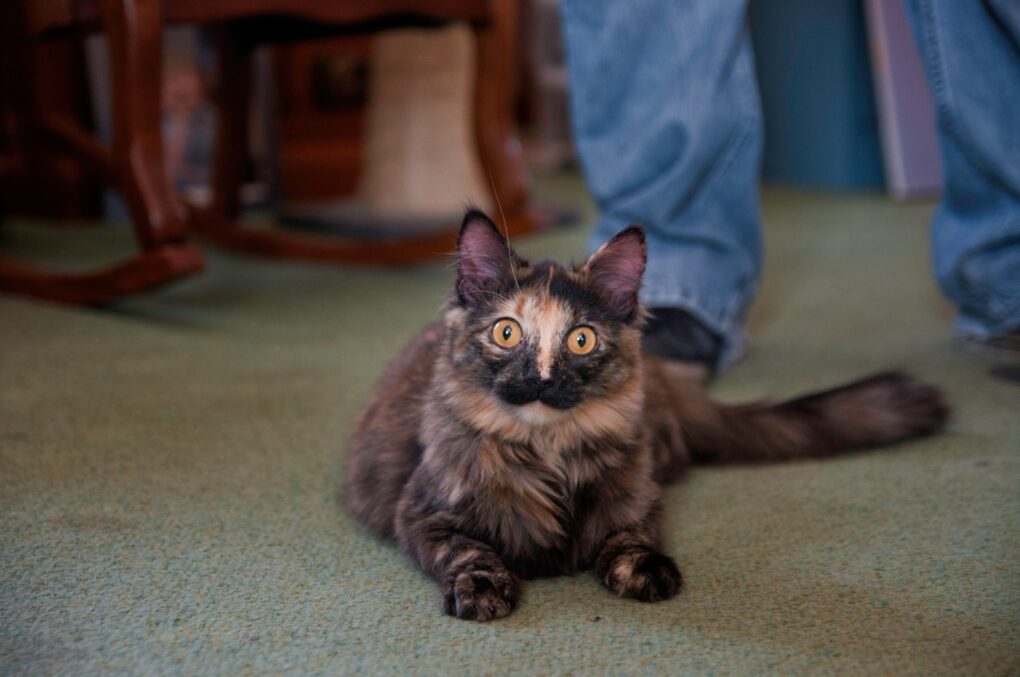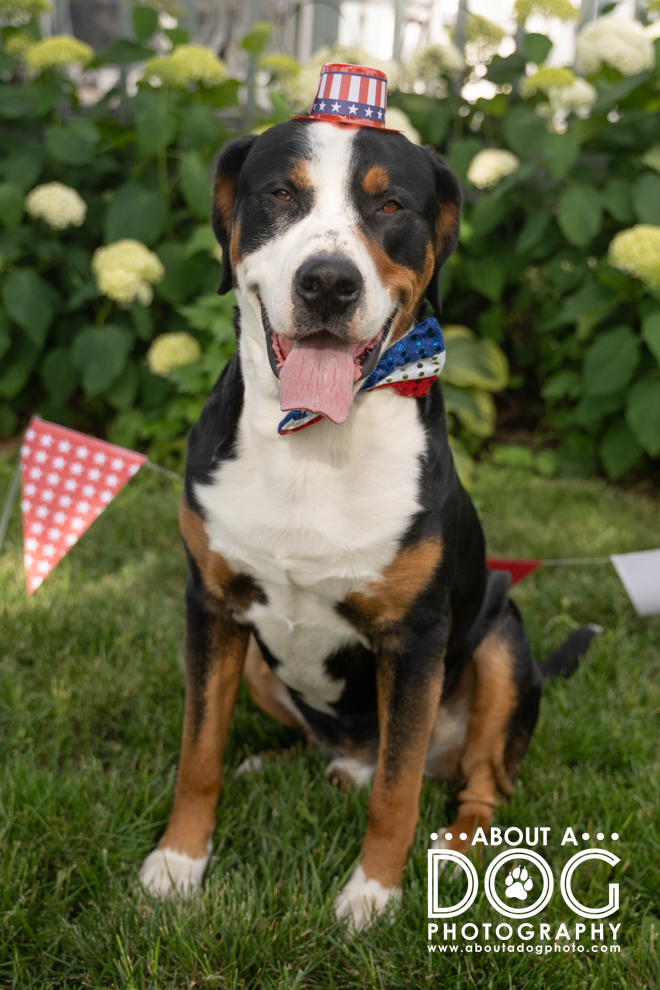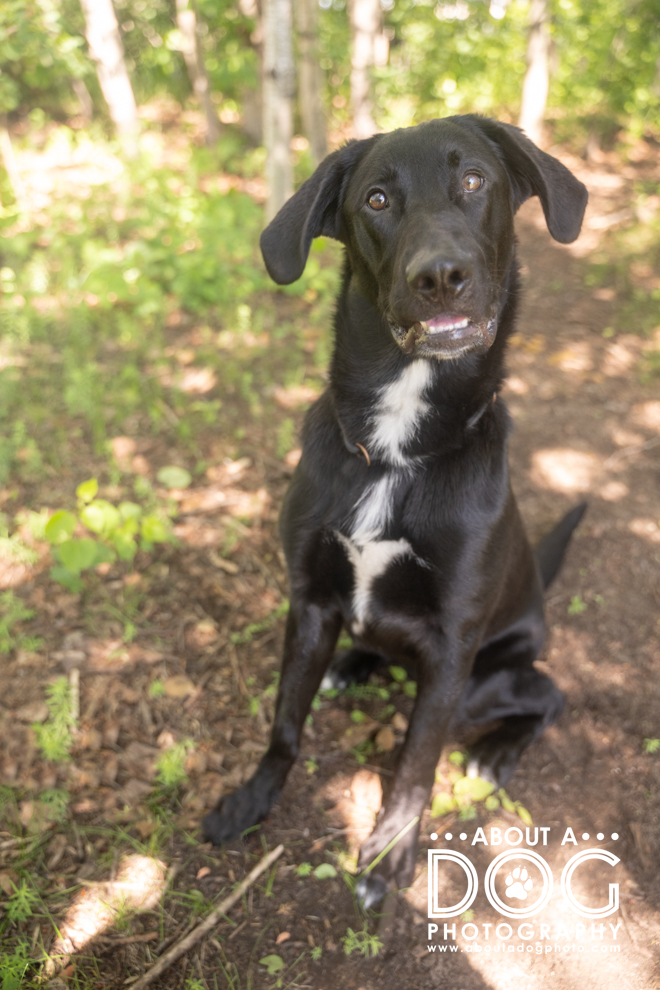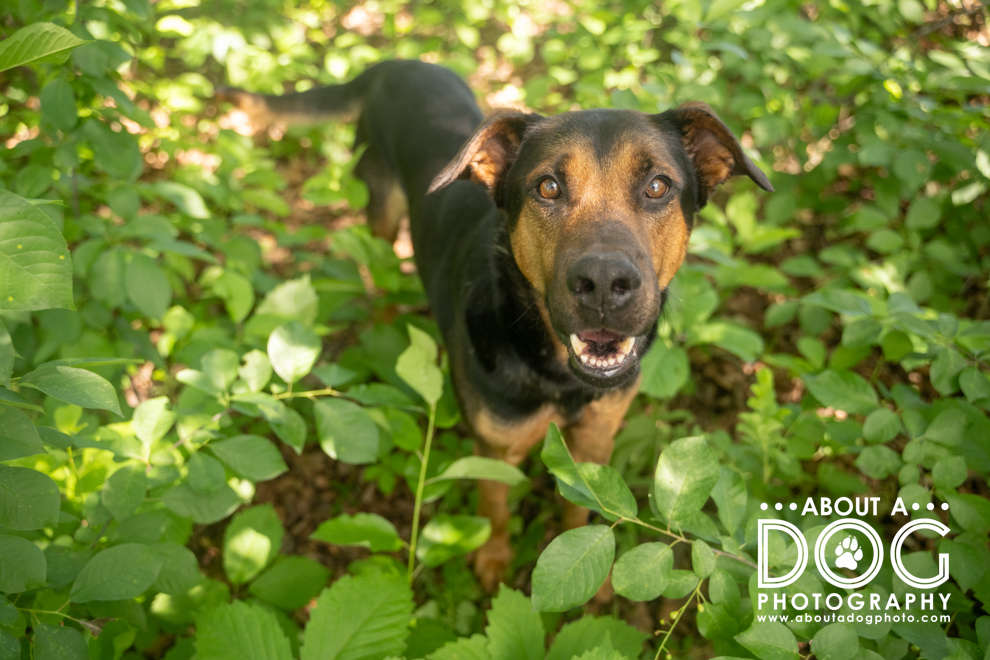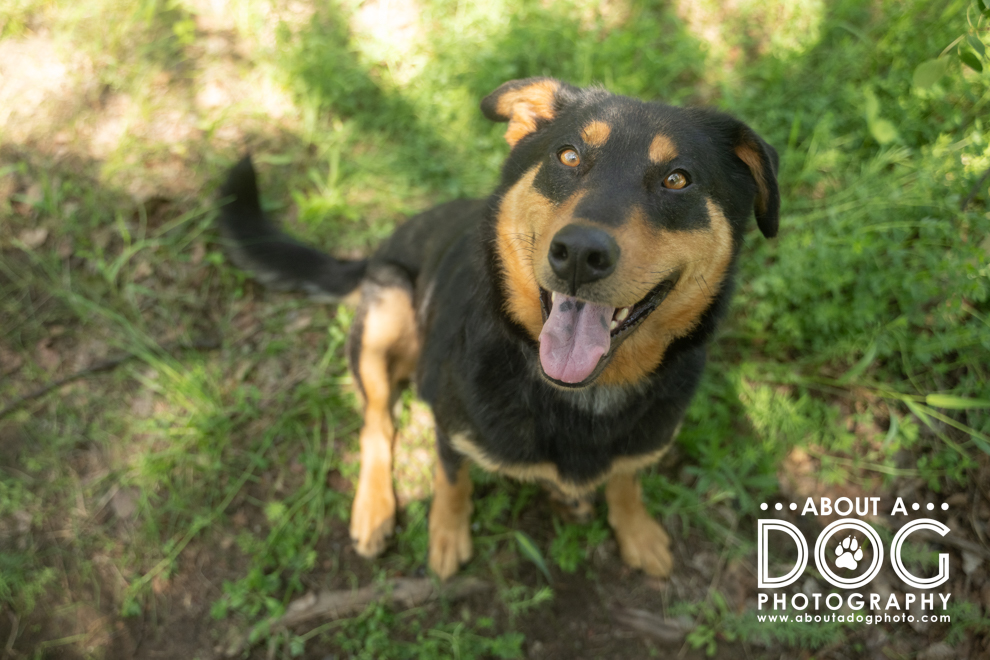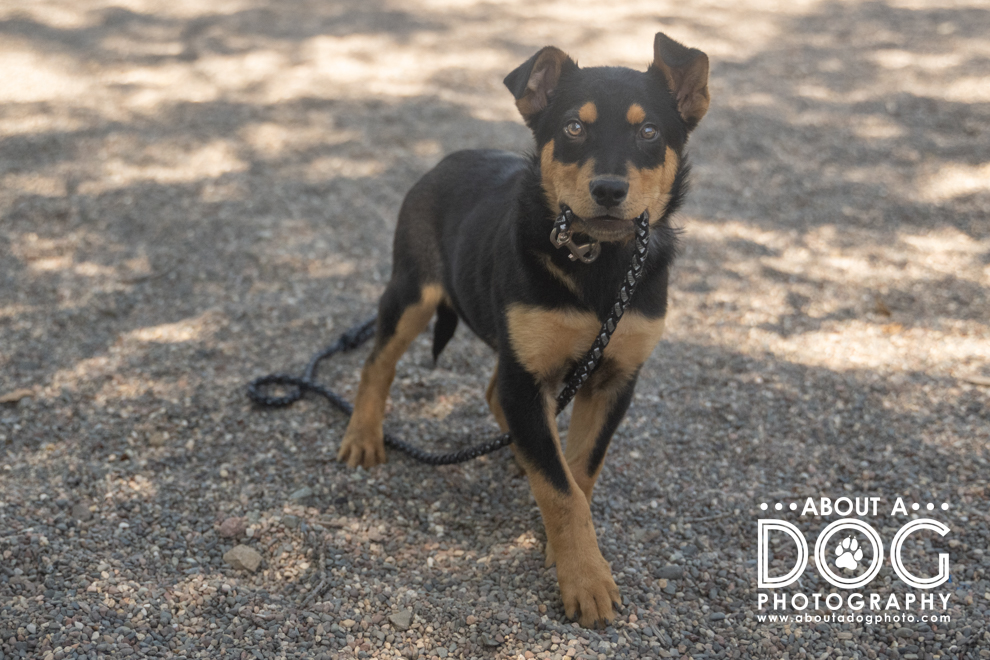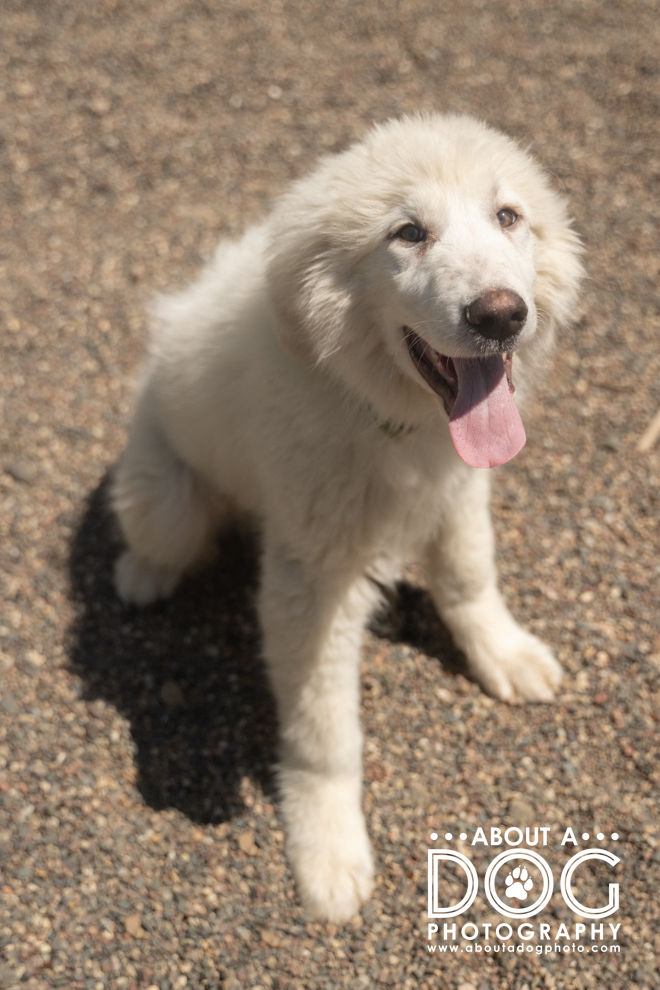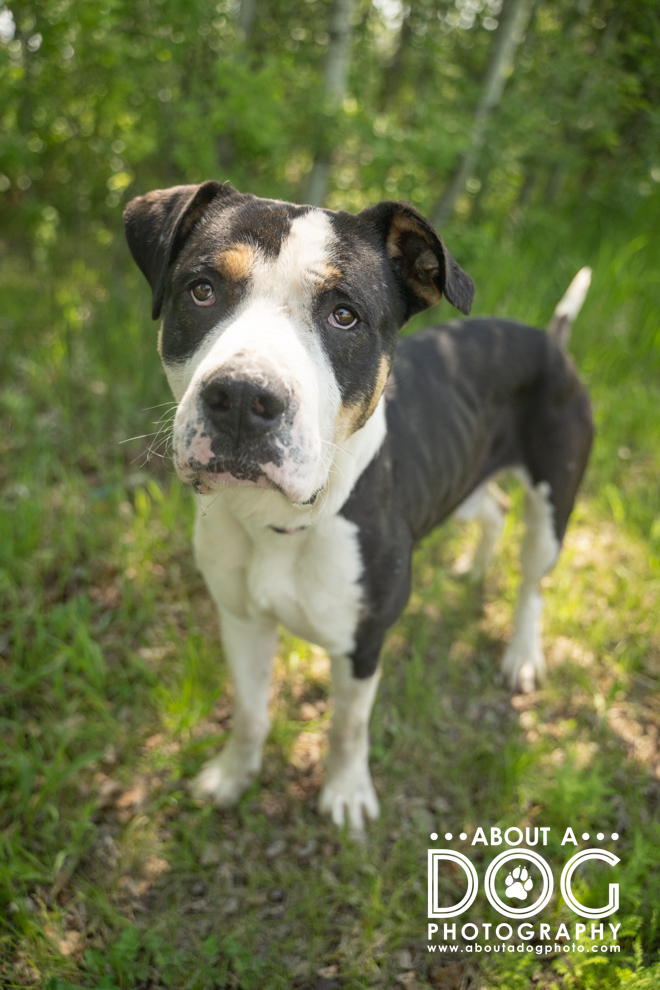It’s bloody cold out! 5 tips to stay safe in subzero temps!
January in Minnesota – the land of subzero temps and that’s not even accounting for a breeze.
Today’s lovely high: negative something between -1 and -15 pending on where you are bunkered down in the state. And there’s a windchill, which has lovingly dropped the temp to the negative 30s. Which means that frostbite is possible within 10 to 15 minutes of exposure to the outdoors! EGADS!
At least there’s snow on the ground…
Here are 5 tips to stay safe in subzero temps!
- 1. Bunker down in a warm toasty house with ample blankets.
This is Blue’s favorite option when the cold kicks up (mountain dog my ass!). - 2. Keep bathroom breaks brief.
Paw pads are sensitive to cold and can become frost bitten if your dog dawdles outside too long. Bundle yourself up, leave no skin bare, and leash them up even if you have a fenced yard. You will want to encourage your dog to quickly complete his or her business, then direct them swiftly into the house. (I feel most dogs will happily come inside during subzero temps, huskies probably not…) - 3. Limit walks to short durations.
Keep walks to 5 minutes round trip. You may end up doing 10x more walks than you normally would, but it will limit both your dog’s and your exposure to the extreme cold. Bundle yourself up, layers are going to be your saviors. Wool, cashmere and cotton under acrylic or polyester sweaters under a coat should keep your core heat up. Layer leggings under your pant and opt for winter insulated boots over the cute ones. Wear a hat (you lose a lot of heat from your head) and wrap a scarf around your face. The only thing that will be exposed will be your eyeballs. Be aware if they water, the tears will freeze on your lashes! - 4. Warm up your car and stop into a dog friendly place
Bundle up, let your car run a few minutes, load up your dog, and head to Home Depot, Hobby Lobby, Fleet Farm, Petsmart, Petco and stroll around in a warm environment. Bring poo bags and something to clean up after your pup in case of a potty break. Work on training, greeting people or merely passing them. Bonus: smells! 10 minutes of sniffing will tire your dog out for the rest of the day. - 5. Just stay indoors!
Haha! Yes its the same as #1 but when the temps go subzero the best way to stay safe and warm is to bunker down at home. Your dog is too bananas indoors? Here’s some games to play:
- Treat scatter
This can work wonders for active pups! Use dark colored treats if you have dark rugs or carpet, use light colored treats if you have lighter fabric. Break them in tiny bits and toss them around the room. You dog will have to use his nose to find the treats (the matching colors means he can’t just see them and snatch them up). 10 minutes of searching should have him solidly tuckered out.
- Training
That’s right, its time to brush up on those skills your dog has! Work on sit, lay, stay. Do long sits (have them sit when farther away from you) or hold a sit while you create distance. Look up some party tricks your dog can learn – bow, put away toys, weave, dance, count, etc. - Sniff & smell
Head to the kitchen and break out the spices, tea and assorted things in the cabinet and fridge. Hover them near your dog’s nose and let them sniff. If your dog is overzealous about food, hold it above her head just out of snatching reach and just under jumping up reach. Tuck it in your hand if you need to, with your fingers just barely open. Encourage her to sniff. There will be smells that she wags her tail (smells tasty) to and some she’ll look away from (smells yucky). Avoid spicy smells as they can burn a nose like us humans. 10 minutes of sniff & smell ought to tire her brain out for a long nap.
- Treat scatter
Hopefully those 5 tips will help you and your dog stay safe and cozy during the subzero winter temps!
(PS- if you want to do snow pictures with your pup, let me know! I’m hoping to do more after the temps level out – min 20 degrees!)
It’s bloody cold out! 5 tips to stay safe in subzero temps! Read More »


